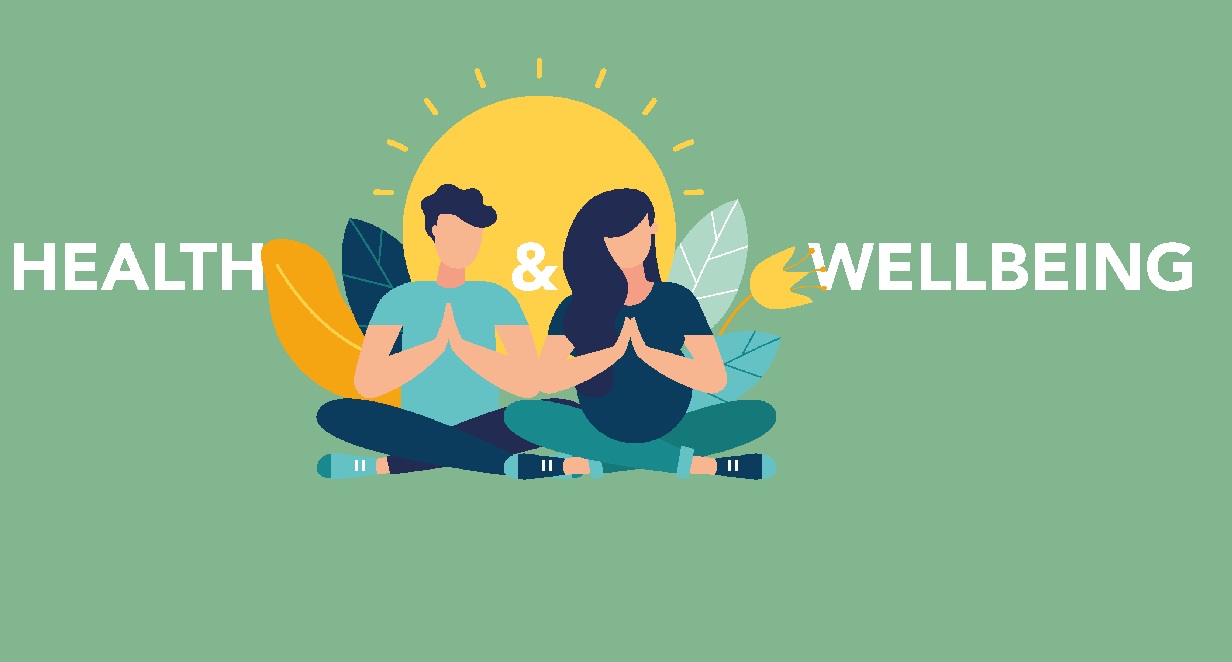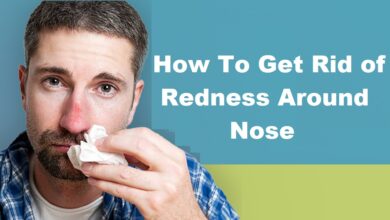What is Health and Wellbeing 2024

What is Health and Wellbeing?
Health and wellbeing is a broad concept that refers to the state of complete physical, mental, and social well-being. It encompasses the ability to maintain a healthy quality of life with good physical health, mental stability, social connectivity, fulfillment, and a sense of safety and security. Maintaining good health and wellbeing enables us to thrive in our daily lives rather than just survive.
What Does “Health” Mean?
Health refers to the general condition of the body or mind regarding strength, energy, and vigor. It includes physical health which determines your ability to carry out daily tasks, sports, resistance to illnesses, etc. as well as mental health that determines how you feel, think and behave as you cope with life.
Good health is not just about the absence of disease or infirmity but the presence of physical, mental, and social well-being. Health allows you to live your life to its fullest potential. Meeting the World Health Organization’s definition1 of health means enjoying complete physical, mental and social well-being beyond merely an absence of disease or infirmity.
What Does “Wellbeing” Mean?
The term wellbeing encompasses the experience of health, happiness, and prosperity. It includes having good mental health, high life satisfaction, a sense of meaning or purpose, and an ability to manage stress. More than just happiness, wellbeing is defined by how you feel about yourself and your life across various domains including relationships, personal growth, purpose, and physical health.
Wellbeing enables you to be resilient, realize your full potential, cope with normal stresses of life, work productively, and make meaningful contributions to your community. It is the ability to be comfortable, healthy, happy and satisfied with one’s quality of life. Tracking wellbeing across populations helps guide policies that promote thriving across societies.
Key Components of Health and Wellbeing
There are several key aspects that comprise overall health and wellbeing, spanning physical, mental, emotional, social, spiritual and environmental realms of life. Some of the key components include:
- Physical Health
Encompasses body functions, fitness levels, nutrition intake, access to healthcare, disease prevention and management. It impacts energy levels, risk factors, disease resilience, pain management, reproductive health, etc.
- Mental & Emotional Health
Involves tackling stress, anxiety, depression, fulfillment in relationships and work, self-confidence and realization of potential, regulating mood and emotions, etc.
- Social Health
Made up of meaningful relationships with others, social connectivity, respect, compassion and belonging in various communities. It requires communication, teamwork and social skills.
- Purpose & Meaning
Sense of purpose, meaningfulness, ability to pursue goals and personal growth opportunities that provide fulfillment and direction. Having purpose boosts motivation, health behaviors, coping abilities, etc.
- Financial Health
Encompasses financial security, stability, satisfaction with standard of living and financial literacy and behaviors that prevent problems like debt, poverty and extreme financial stress.
- Spiritual Health
For some this includes religious faith, virtues like hope and charity, search for meaning through spirituality, while for others it represents quest for purpose, ethics, or connectedness without religious connotations.
- Environmental Health
Represents access to clean air/ water, healthy spaces to live/work in, sustainable transportation, environments free of toxins, chemicals, waste, etc. that ensures wellbeing.
Improving any component has cross-cutting positive impacts across other realms of health and wellbeing. Holistic approaches deliver the best health and wellbeing outcomes.
What Determines Health And Wellbeing Outcomes?
Health and wellbeing outcomes depend on interconnected factors like genetics, lifestyle choices, social circles, physical environments and access to healthcare. Key determinants include:
- Lifestyle Factors
Diet, physical activity, sleep and substance abuse play a huge role. For instance, poor diet increases obesity risk while being active boosts fitness and mental health. Getting quality sleep, managing stress and avoiding smoking/ alcohol abuse prevents many diseases.
- Healthcare System
Access to preventive services, doctors, hospitals, emergency care, medications, mental healthcare, rehabilitation services, etc. enables early disease detection and treatment, lowering risks.
- Genetic Factors
While genes impact disease susceptibility, lifestyle and environmental triggers determine whether most genetic predispositions manifest as actual health conditions.
- Income & Social Status
Higher incomes enable better nutrition, safer housing, access to healthcare and lower financial stresses. Social connections provide emotional support. Racial discrimination and lack of social policies maintaining healthy populations also impact groups differently.
- Physical Environment
Exposure to polluted air/drinking water, toxins, chemicals, unsafe roads, poor housing, gun violence, etc detrimentally impact health and wellbeing.
Since many determinants are interconnected, a combination of individual lifestyle changes and community/policy-level interventions are required to shift populations towards better health and wellbeing. Tracking outcomes across populations helps identify groups with the greatest needs.
Health And Wellbeing Interventions
There are many evidenced-based ways individuals and communities can improve health and wellbeing across populations. Some interventions include:
- Individual/Family Level
Making lifestyle changes like eating nutritious diets, being physically active, getting health screenings, taking safety precautions, building social connections, engaging communities, finding purpose through work, relationships, volunteering, making mindset shifts, etc.
- Community Level
Campaigns spreading awareness, promoting health behaviors, trainings, improving pedestrian/cyclist infrastructure and safety, cleaning up green spaces, organizing exercise groups, farmer’s markets, community education centers, community bonding events, etc.
- Employer Level
Worksite health promotion campaigns, offering insurance, paid time off, flexible schedules, health screenings, EAPs, ergonomic equipment, mental health/suicide prevention trainings, workplace bonding opportunities, etc. to reduce absenteeism while boosting productivity.
- Policy Level
System and environmental changes like paid parental leave, retirement plans, livable wages, better housing policies, clean air rules, health equity reforms, pollution prevention regulations, etc enable populations to attain higher baselines for health and wellbeing.
Multilevel collaborative approaches across sectors have the highest impacts. Tracking progress helps double down on what works. The road to better population health and wellbeing requires participation from all stakeholders.
Frequently Asked Questions
- How is health different from wellbeing?
Health tends to focus more narrowly on the body – its ability to function well and resist disease; while wellbeing encompasses broader realms like having a sense of purpose, supportive relationships, self-esteem, accomplishments, and other aspects that comprise happiness and life satisfaction.
- What are signs of poor health and wellbeing?
Signs may include: feeling exhausted, constant aches and pains, frequent infections, chronic conditions, obesity, substance abuse, social isolation, loneliness, wanting to stay in bed, feeling hopeless or nihilistic, lack of self-care, anger issues, persistent sadness/grief, etc.
- Which lifestyle habits boost health and wellbeing?
Habits like eating a balanced diet, being physically active, getting enough sleep, building social connections, avoiding smoking/ alcohol abuse, finding purpose through work or volunteering, making time to unwind and trying new things boost health and wellbeing.
- Is health entirely an individual’s responsibility?
No. While individuals make key lifestyle choices affecting health, sectors like healthcare, education, transportation, environment, housing, public safety also significantly shape population health and access to resources needed to make healthy choices.
- How do you assess community health and wellbeing?
By tracking metrics across populations over time – life expectancy, mortality rates, disease incidence, access to care, lifestyle behaviors, air/ water quality, community safety, income, educational attainment, availability of parks, stores with healthy foods, etc. This helps identify groups with greatest needs.
Conclusion
The health and wellbeing landscape is complex, spanning physical, mental, social, emotional, occupational, spiritual and environmental domains of life. While individuals make key lifestyle choices, health outcomes depend vastly on social determinants shaped by socioeconomic status, healthcare access, genetics, physical living environments and community resources.
Multilevel interventions across policy, system, community, interpersonal and individual levels are required to shift population indicators toward better health and wellbeing. Tracking metrics longitudinally enables creating targeted approaches. Improving equity and closing care gaps leads to gains for whole communities, not just certain groups. Investment into healthy populations pays dividends across societies.
Disclaimer: The article is for informational purposes only. If you have any medical concerns, please consult a licensed healthcare professional.



